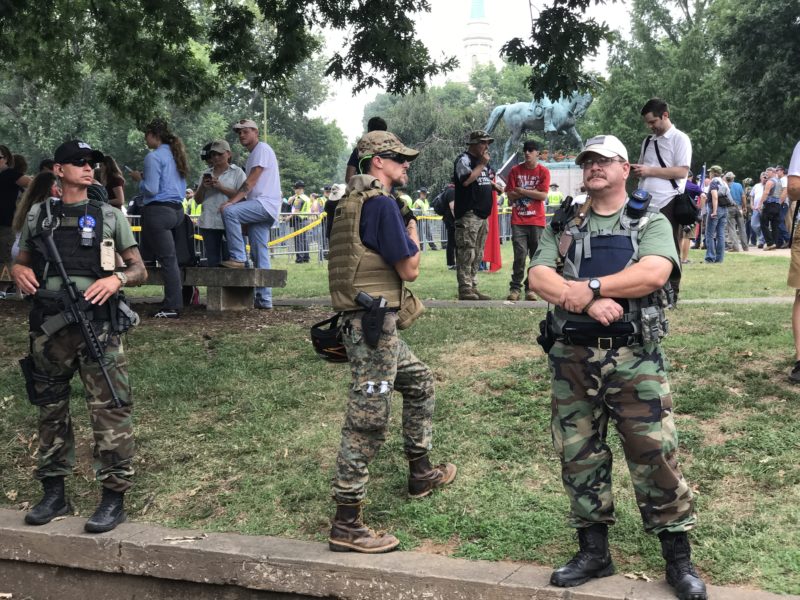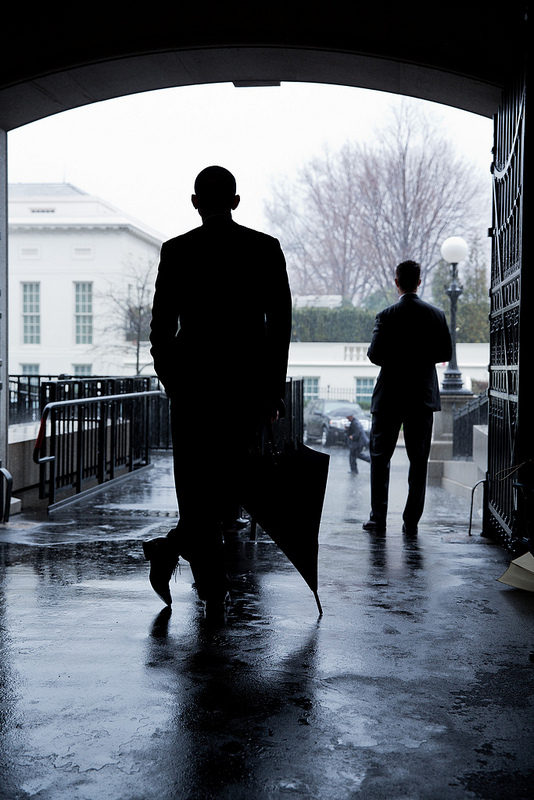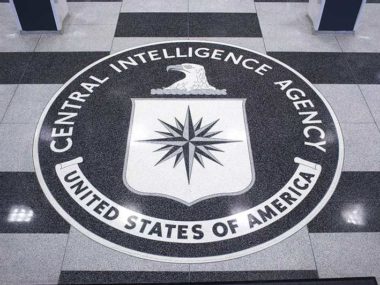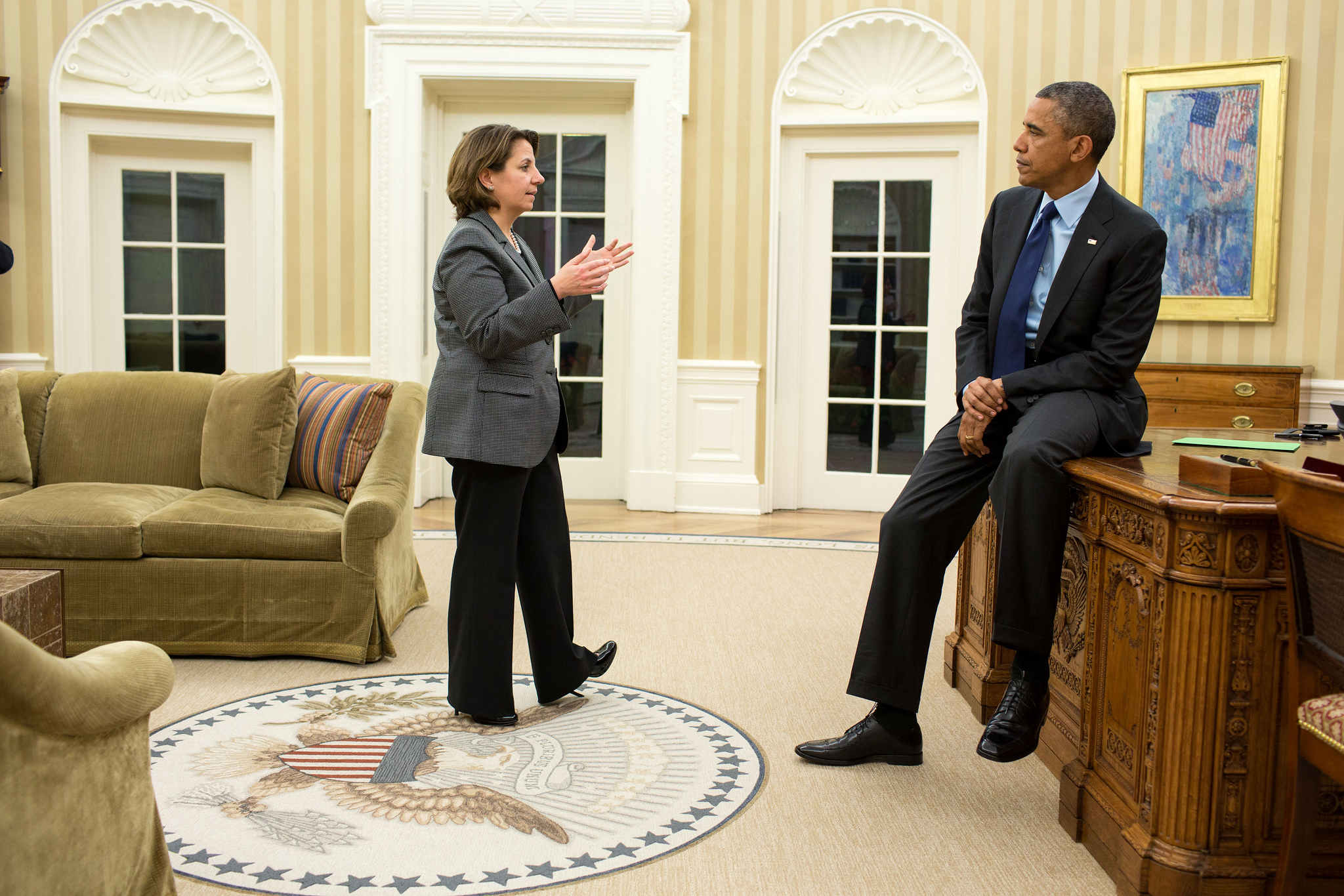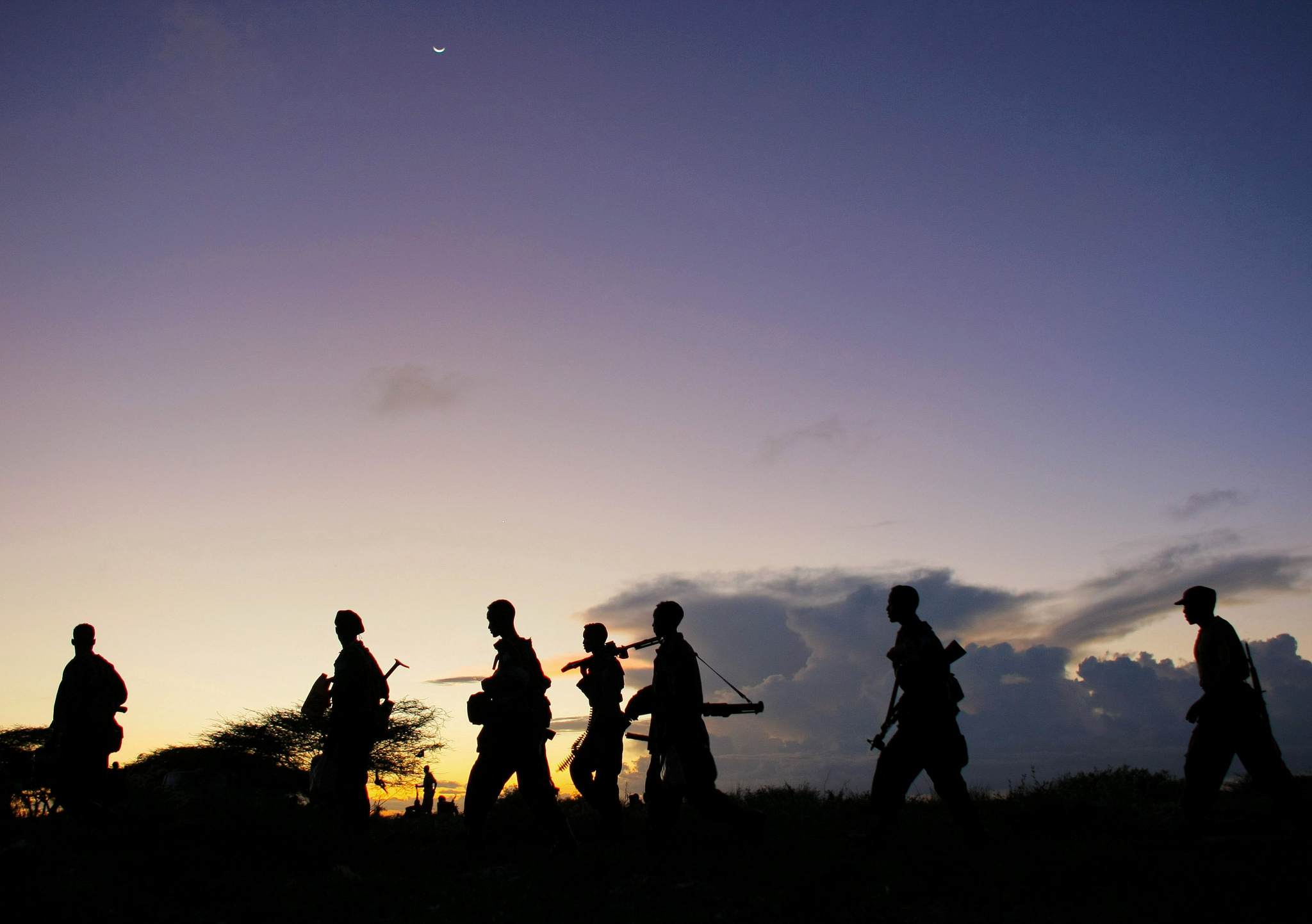Earlier this month, a group calling itself the Wolverine Watchmen was involved in a plot to kidnap Michigan Governor Gretchen Whitmer. This is not the first time right-wing actors have been involved in politically motivated violent attacks, nor is it likely to be the last. From the Oklahoma City bombing to the takeover of the Malheur National Wildlife Refuge, armed groups with extremist views have long been active in the United States and have conducted an increasing number of attacks in recent years.
Many such groups proudly refer to themselves as “militias,” and the term is frequently picked up by the media and the general public—for examples, see here, here, and here. Yet, calling these groups “militias,” rather than “insurgents,” “terrorists,” or “armed extremists,” is not simply a matter of semantics. What we choose to call these groups has consequences.
The Militia is a Specific Institution in US Law
The word “militia” appears in the United States Constitution multiple times, and holds a degree of legitimacy as a legal entity. Article 1 gives Congress the authority to call forth the militia to “execute the Laws of the Union, suppress insurrections and repel invasions.” Article 2 makes the president Commander in Chief of the Armed Forces, including the “militia of the several states.” And, of course, the Second Amendment declares that, “A well-regulated militia, being necessary to the security of a free state, the right of the people to keep and bear arms, shall not be infringed.” In other words, the militia is enshrined in the Constitution.
However, there is a difference between the actual militia and private armed groups. The Militia Act of 1903 defines two classes of militias within the United States. First, there is the organized militia, operating under National Guard and Naval Militia units. These are the legally sanctioned, organized, and “well regulated” militias that the Constitution calls for. Then, there is the unorganized militia, which includes all “able-bodied males” between 17 and 45 years of age. This latter pool of recruits can be called into service (i.e., conscripted) by the appropriate state authorities in times of crisis.
The only legal militias in the United States are units under the control of state governments, such as the Minnesota National Guard and the Texas Army National Guard. Clearly, a group that tries to kidnap the Governor of Minnesota cannot be a legally constituted militia. Right-wing, self-proclaimed “militias” frequently boast that they are prepared to defend the Constitution against foreign—but especially domestic—threats. They frame their activities around a romanticized, Lockean notion of defending the rights and liberties of the citizenry against a tyrannical state—as they define it. Use of the term “militia” by these groups is deliberate—an attempt to legitimize their actions by making reference to the Constitution. Yet, unless it is a legally sanctioned National Guard unit (or similarly empowered institution), a group of armed individuals cannot simply declare themselves to be a constitutional militia.
Militias are for White People
There is also the issue of racial, ethnic, and religious bias in the application of the militia label. Rarely are Islamic fundamentalists or Black nationalists referred to as “militias.” Yet, when white men in tactical gear, brandishing assault rifles show up to protests and rallies, they are often referred to as militia members, rather than terrorists, thugs, or vigilantes. Indeed, research shows that Americans are quick to use the terrorist label when referring to groups with an Islamist ideology but rarely use that term when referring to white supremacist groups or right-wing organizations. ISIS is a terrorist organization, the Black Panthers are thugs, but the Oath Keepers are a militia, according to commonly heard narratives.
This is an important distinction because while “terrorist” has a clearly pejorative connotation, the term “militia” is neutral—and may even hold positive associations. Yet, far-right and white supremacist groups are responsible for far more deaths in the United States than any other groups, including Islamists.
Of course, not all groups with extreme views—even those that participate in military-style drills—deserve to be labeled terrorists. But any group that carries out violent plots, or is actively planning violence, should be seen through the same lens, regardless of their race, ethnicity, religion, or political views. Uneven application of these labels, and differences in media coverage depending on the ethnicity of the perpetrator, gives the false impression that the most extreme threats come from “others,” and downplays the seriousness of domestic terrorism.
Hostility toward out-groups, and labeling such groups as existential threat leads, to the use of more menacing terms, such as “terrorist”. Conversely, in-group members are shielded with more vapid, neutral terms like “militias” or “white nationalists”. As a consequence, the United States has devoted billions of dollars, law enforcement resources, and military engagements overseas to fight Islamic terrorism, but have barely lifted a finger to fight radical, white terrorists at home.
What’s in a Name?
Calling a group a “militia” has consequences—it legitimizes extremist groups with anti-government views. But we should also be cautious about using terms like “insurgents” or “terrorists,” too. Freedom of speech and association in the US allows groups, even those with radical and distasteful views, the right to organize freely. Some of these groups may also enjoy firearms and military-style dress, which are also protected rights in the United States—although paramilitary training may be illegal in some states. We have to live with the fact that armed groups with beliefs outside of the mainstream will continue to exist for the foreseeable future.
Nonetheless, academics, journalists, and policymakers, among others, should take great care in how they speak and write about militant organizations. A militia has a specific, legal meaning and should not be applied to groups simply because they call themselves so, or because of their complexion. Perhaps we should opt for “armed extremists,” which captures both their political ideology and capacity for violence.
Whatever language we use, we should be careful not to water down the very real threat of violent extremism—of any ideological flavor—to our democracy.

